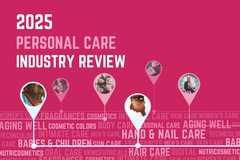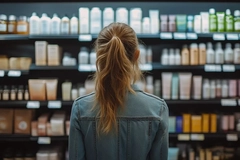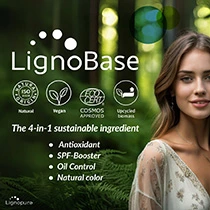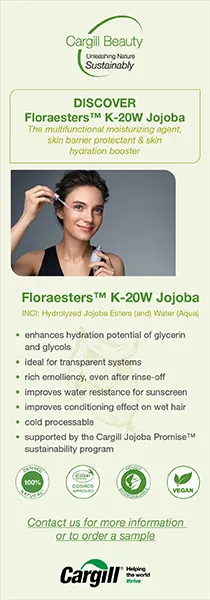Beiersdorf eyes stronger financials after modest growth in skin care and health brands

Beiersdorf has reported stable financial results in the first half of 2025, despite slower-than-expected growth in the global skin care market. Group sales rose to €5.2 billion (US$6.08 billion), while the consumer business segment contributed €4.3 billion (US$5.02 billion), marking a 1.9% organic increase.
Earnings before interest and taxes (EBIT) margin in the consumer segment reached 16%, supported by innovation-led growth and steady brand performance across key markets.
“In the first half of 2025, Beiersdorf delivered a solid performance,” says CEO Vincent Warnery.
“However, the global skin care market experienced a slower growth than expected, particularly in the second quarter and into July 2025. This is why we adjusted our guidance for the Group and the Consumer Business Segment for the full year of 2025.”
Beiersdorf has revised its full-year expectations, now projecting consumer segment sales growth between 3% and 4%, down from its previous range of 4% to 6%.
The company also lowered its EBIT margin outlook, now expecting a 20-basis-point improvement over 2024 levels instead of the earlier 50-basis-point forecast.
Despite these adjustments, the company emphasizes that it would continue investing in strategic product launches to maintain momentum in the second half.
One key focus area for Beiersdorf is the upcoming Nivea Epigenetics serum, which contains the anti-aging ingredient Epicelline. This active was first introduced in the Eucerin Epigenetics serum launched in 2024.
.jpg) Nivea prepares new skin care launches for 2025.The company expects this launch to strengthen Nivea’s performance after a subdued first half. Sales grew 1% organically and declined 1.2% in nominal terms to €2.92 billion (US$3.42 billion), down from €2.96 billion (US$3.47 billion) the previous year.
Nivea prepares new skin care launches for 2025.The company expects this launch to strengthen Nivea’s performance after a subdued first half. Sales grew 1% organically and declined 1.2% in nominal terms to €2.92 billion (US$3.42 billion), down from €2.96 billion (US$3.47 billion) the previous year.
Skin care drives H1 gains
Beiersdorf’s derma brands Eucerin and Aquaphor delivered 12.2% organic growth, and sales climbed to €790 million (US$923 million). The success of the Eucerin Epigenetic serum largely drove the strong performance.
The product ranked as the top anti-aging serum in several major markets, including Germany, Mexico, and Brazil.
The Derma segment also expanded its footprint into new and underdeveloped markets during the first half of 2025, supporting growth in both established and emerging regions.
Beiersdorf sees this as validation of its innovation-led strategy and plans to replicate this success across other product lines and categories.
“Validated by the successful performance of Epicelline in our Eucerin brand, the launch of the Nivea Epigenetics serum is expected to contribute significantly to our business in the second half of 2025 and bring Nivea back to its stronger growth path,” says Warnery.
Beiersdorf will also introduce new products in the Nivea portfolio to boost recovery in H2. These include the Luminous630 Skin Glow range and a new line of Derma Control antiperspirants, both of which aim to appeal to consumers seeking science-backed formulations in mass-market skin care.
Moreover, the company notes the board decided “not to reduce the marketing spend proportionally to ensure continued investments in the upcoming strategic launches.”
.jpg) Hansaplast sales grew with demand for new plasters.Luxury skin care brand La Prairie reported a 10.7% decline in organic sales to €243 million (US$284.3 million), down from €272 million (US$318.2 million) in the same period last year.
Hansaplast sales grew with demand for new plasters.Luxury skin care brand La Prairie reported a 10.7% decline in organic sales to €243 million (US$284.3 million), down from €272 million (US$318.2 million) in the same period last year.
Despite this drop, the brand showed early signs of stabilization in the second quarter, with China sales growing 3% year-on-year, including a 36% surge in e-commerce.
Wound care lifts segment
Beiersdorf’s health care segment, which includes Hansaplast and Elastoplast, saw an 8.4% organic sales growth.
Sales reached €159 million (US$186 million), driven by demand for wound care solutions and the launch of the Second Skin Protection plaster for consumers with sensitive or damaged skin.
Beiersdorf notes that innovation in the health care space remains a growth priority, particularly in the European and Latin American markets, where the company says Hansaplast maintains strong brand recognition.












